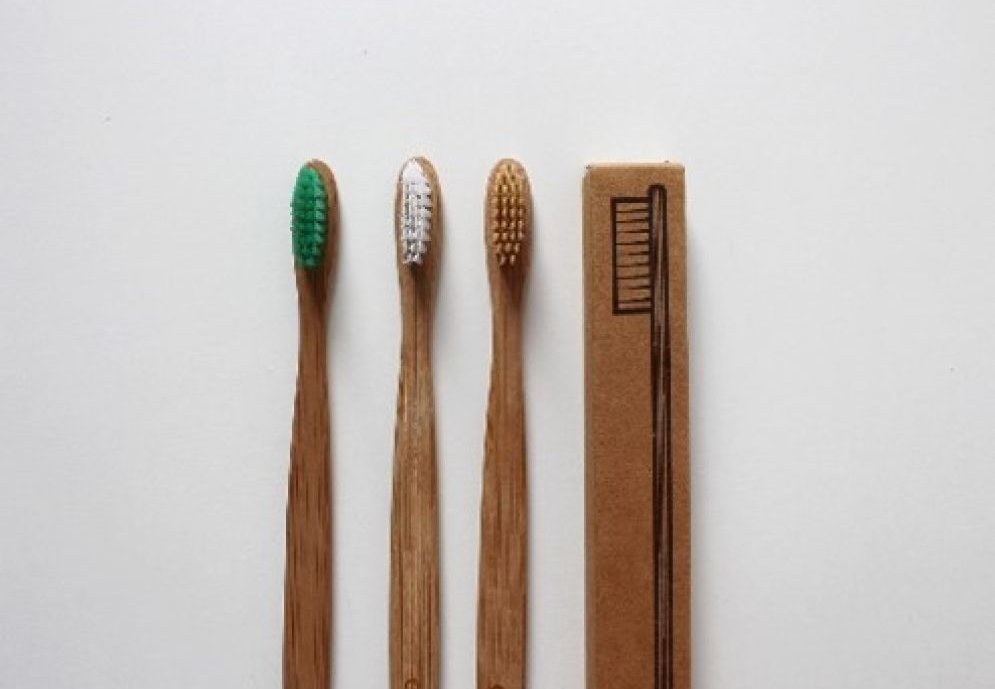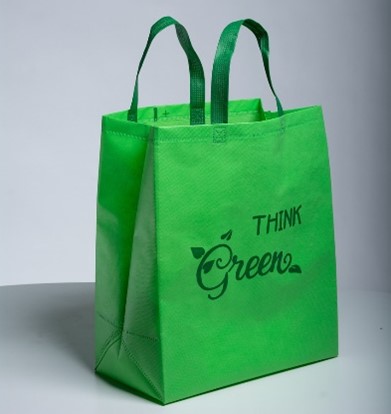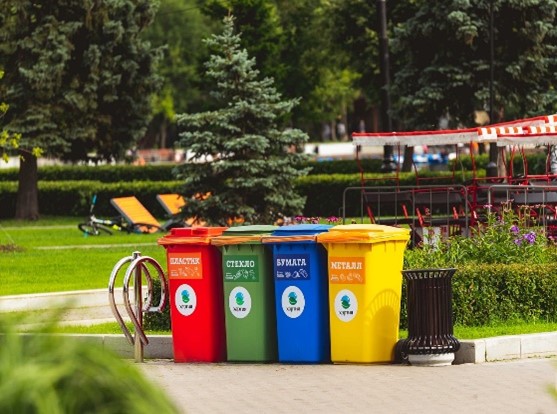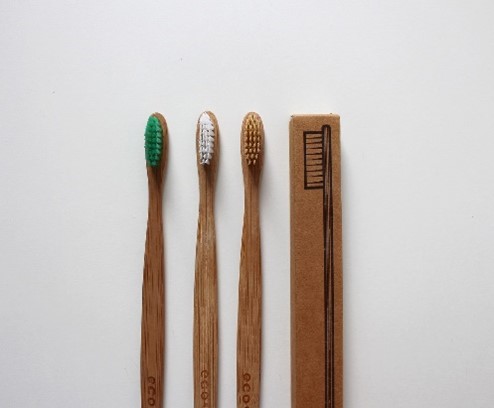

Breaking free from plastic: Simple steps to a plastic-free home
A project that explores plastic waste and enable pupils to learn practical ways of reducing plastic at home.
Lernergebnisse
A collage of images showing various eco-friendly alternatives to plastic products, such as reusable shopping bags, glass containers, bamboo toothbrushes, and stainless steel water bottles.



By the end of this lesson, students will be able to:
- Understand the environmental impact of plastic pollution.
- Identify common plastic items used in households.
- Learn practical strategies for reducing plastic use at home.
- Create a personalised plan for minimising plastic consumption.
Zeitaufwand
90 minutes (can be divided into two 45-minute sessions)
Werkzeuge, Materialien oder Ausstattung
- Whiteboard/flipchart
- Markers/pens
- Projector and screen (optional)
- Handouts with information about plastic pollution and reduction strategies (printed on recycled paper)
- Examples of reusable items (cloth bags, glass jars, bamboo toothbrushes)
- Recycling bins, compost bin (if available)
- Worksheet for creating a personal action plan
Beschreibung der Aktivität
Introduction (10 minutes):
- Begin by asking students if they are aware of the problem of plastic pollution. Explain the concept briefly and highlight its relevance to everyday life.
- Share some statistics about global plastic production and the negative impacts on the environment.
Interactive discussion (15 minutes):
- Divide students into small groups and ask them to list common household items made of plastic (e.g., plastic bags, water bottles, food containers).
- Each group shares their findings with the class. Write down key points on the whiteboard.
Presentation (20 minutes):
- Introduce the concept of reducing plastic use and its importance for the environment.
- Provide real-life examples and case studies of families that have successfully reduced their plastic consumption.
- Highlight specific areas of the home where plastic can be replaced with eco-friendly alternatives, such as the kitchen, bathroom, and laundry room.
Hands-on activity (25 minutes):
- Show students various reusable items like cloth bags, metal straws, glass containers, and bamboo toothbrushes. Discuss how these can replace single-use plastics.
- Demonstrate how to make simple DIY alternatives to common plastic items, such as beeswax wraps instead of plastic wrap.
- Have students create a personal action plan worksheet where they identify one area of their home where they can reduce plastic use and outline steps to achieve it.
Reflection and wrap-up (20 minutes):
- Ask students to share their personal action plans and discuss any challenges they foresee.
- Summarise the main points of the lesson and emphasise the collective impact of individual actions.
- Encourage students to continue practicing plastic reduction habits and consider involving their families in these efforts.
Tipps, wie das Thema in den Lehrplan integriert werden kann
- Integrate across subjects: Incorporate plastic reduction concepts into science classes (ecology), social studies (environmental policies), and even math (calculating waste reduction percentages).
- Guest speakers: Invite local environmentalists or community members who practice plastic-free living to share their experiences.
- School-wide initiatives: Implement school-wide programmes like recycling drives, composting systems, and reusable lunchware options.
- Project-based learning: Assign projects where students research and present innovative solutions to plastic reduction problems.
- Field trips: Organise visits to recycling centers, organic farms, or sustainable businesses to provide hands-on learning experiences.
- Community involvement: Encourage students to participate in local clean-up events or volunteer at organisations focused on environmental conservation.
By integrating plastic reduction education into the school curriculum, we can empower students to become responsible stewards of the environment and inspire positive change within their communities.
